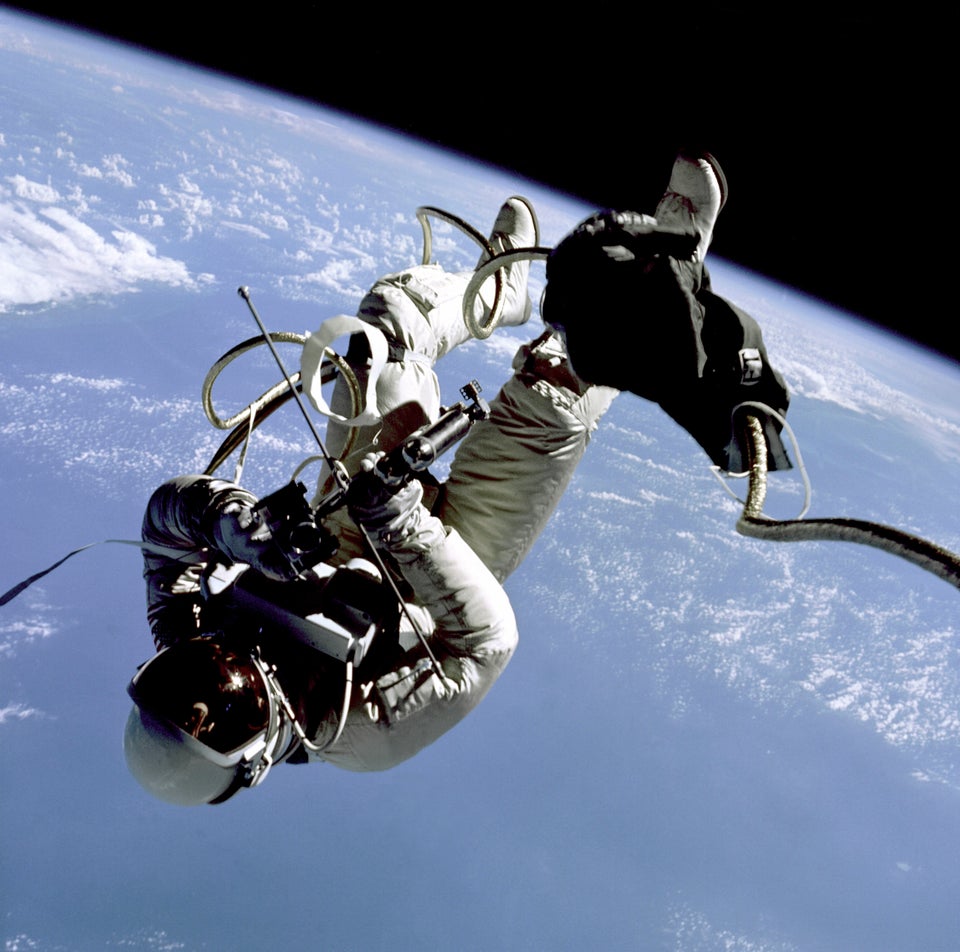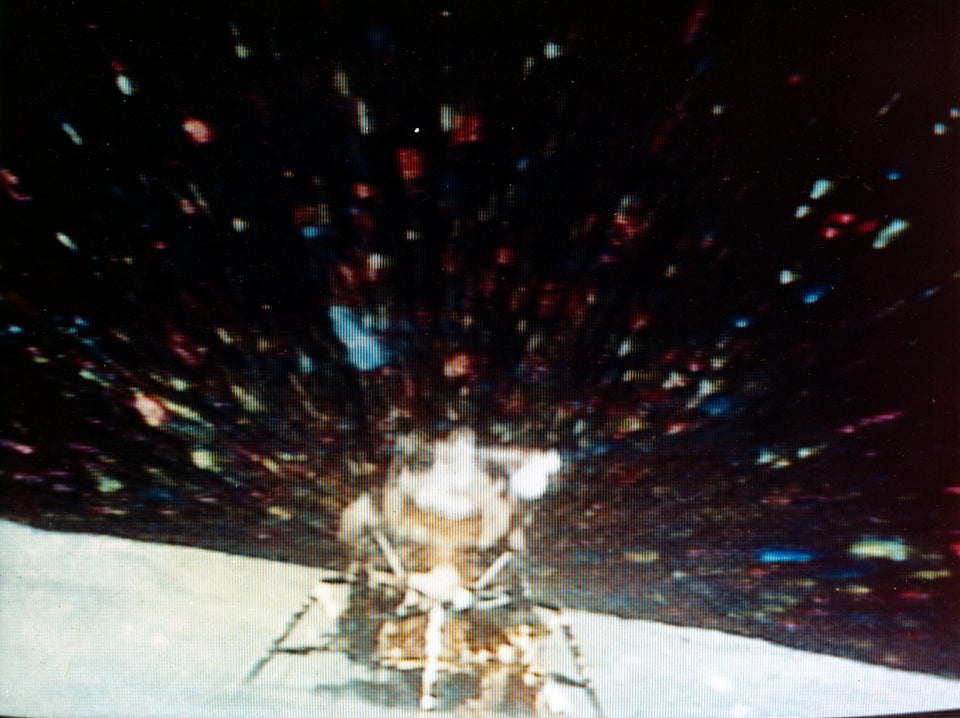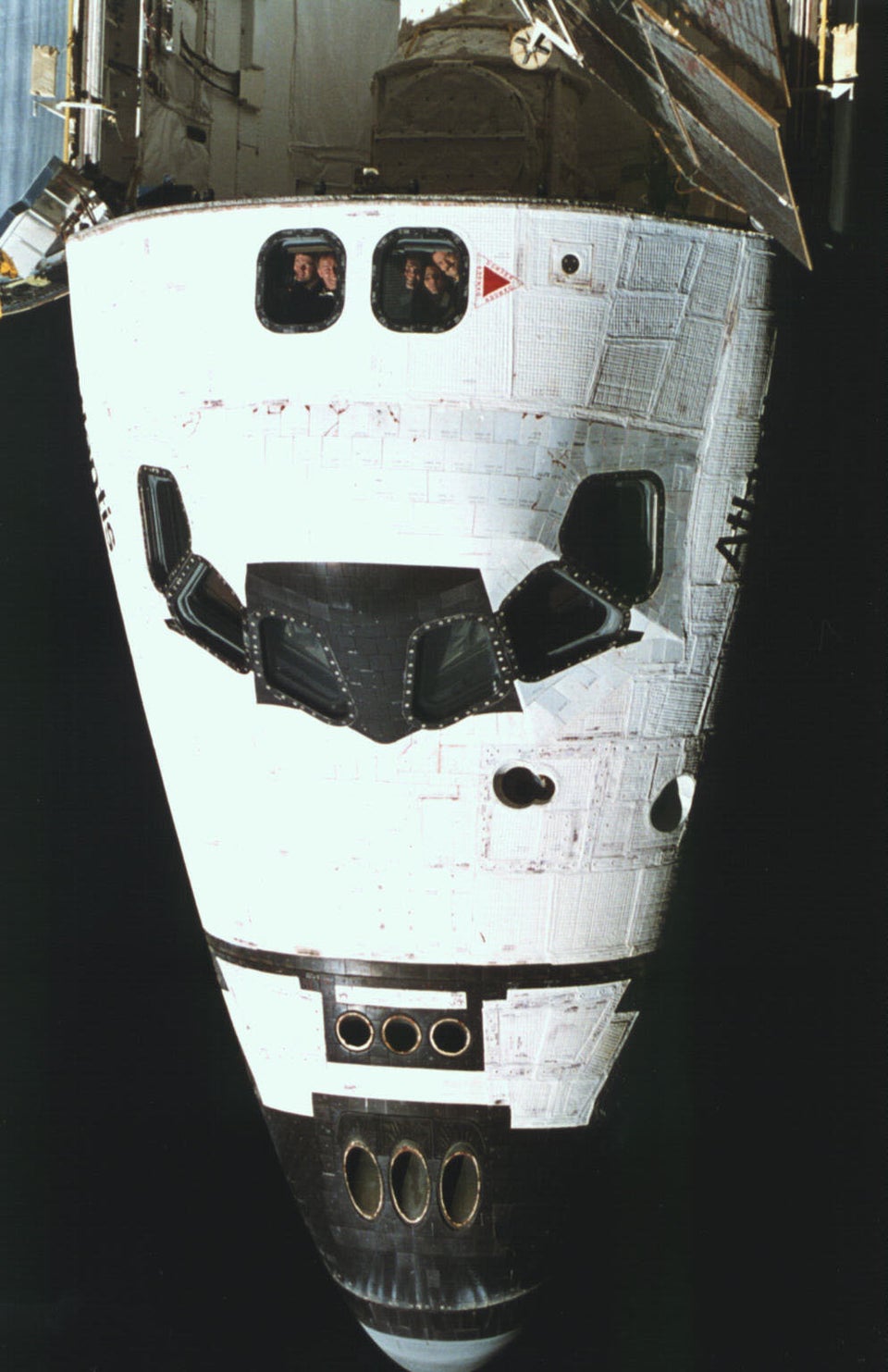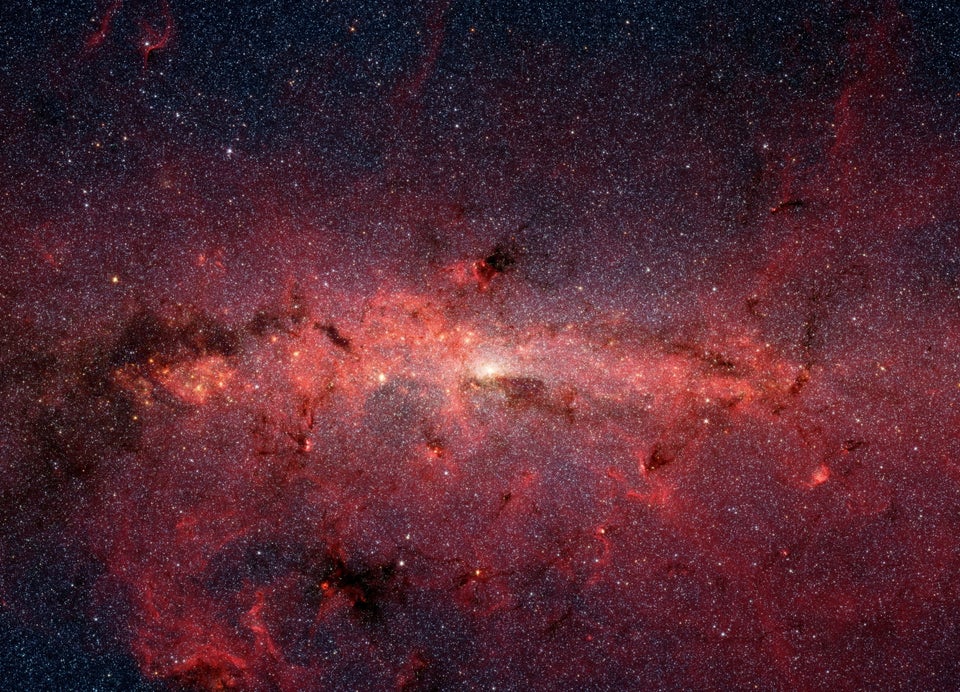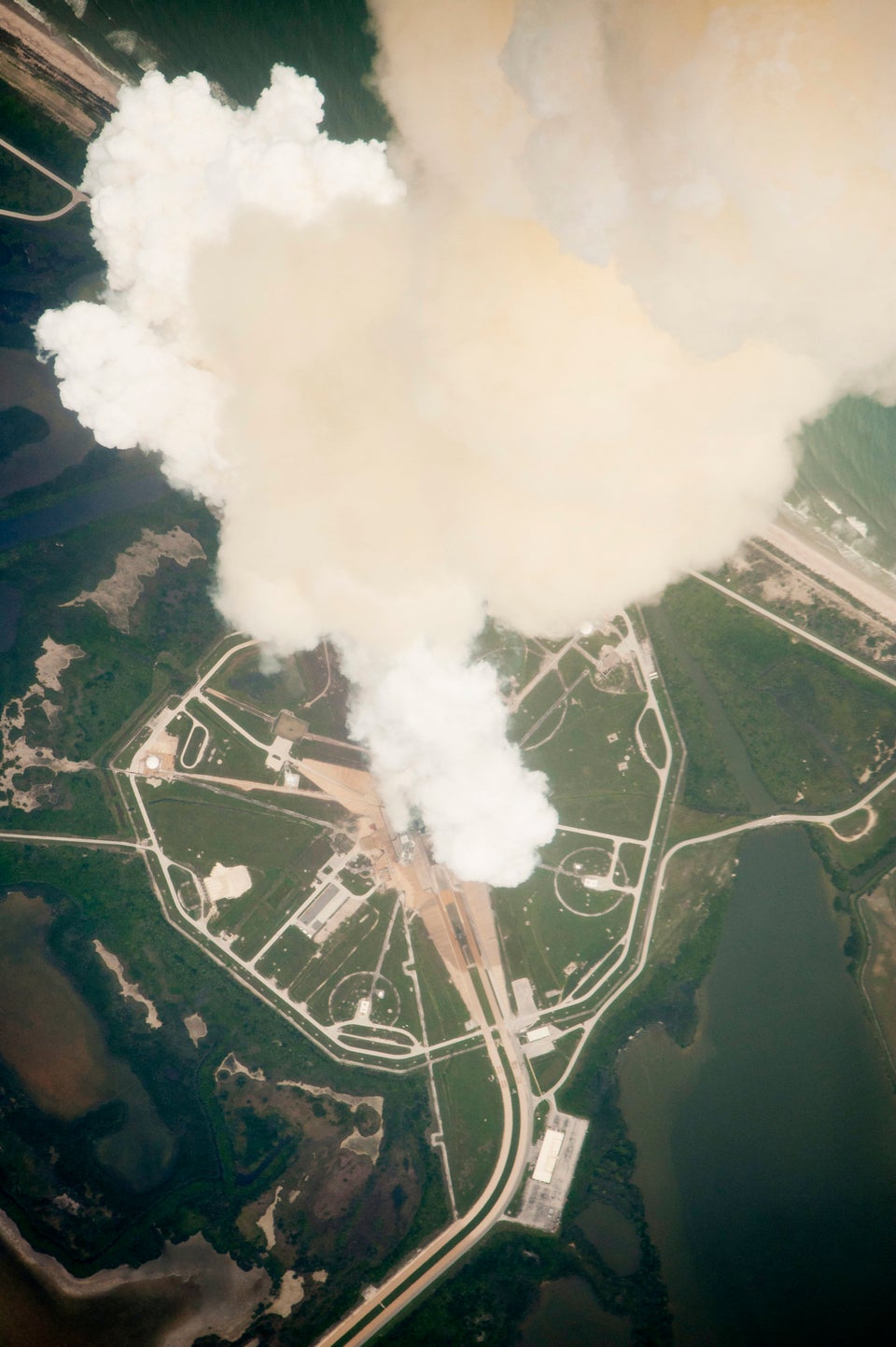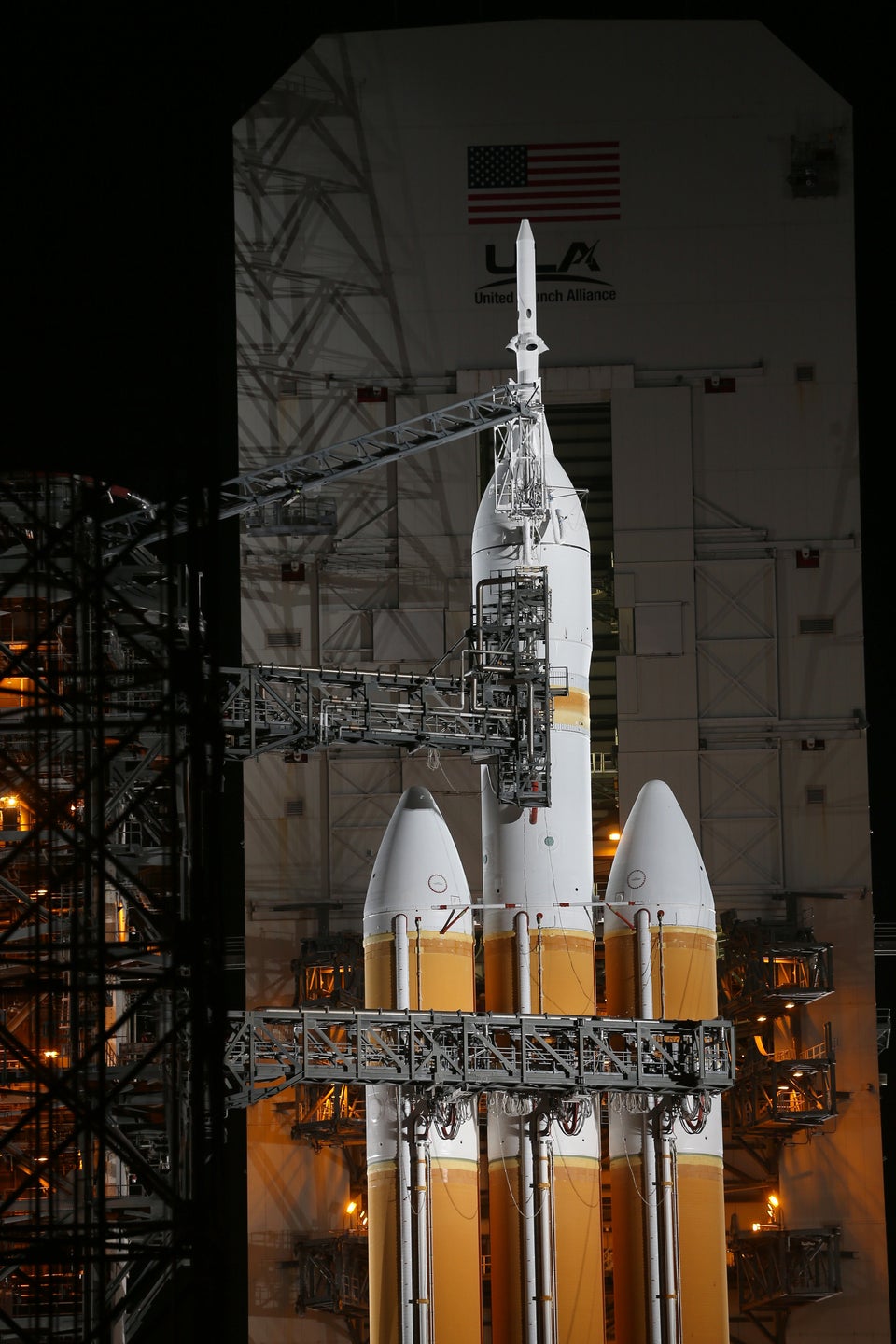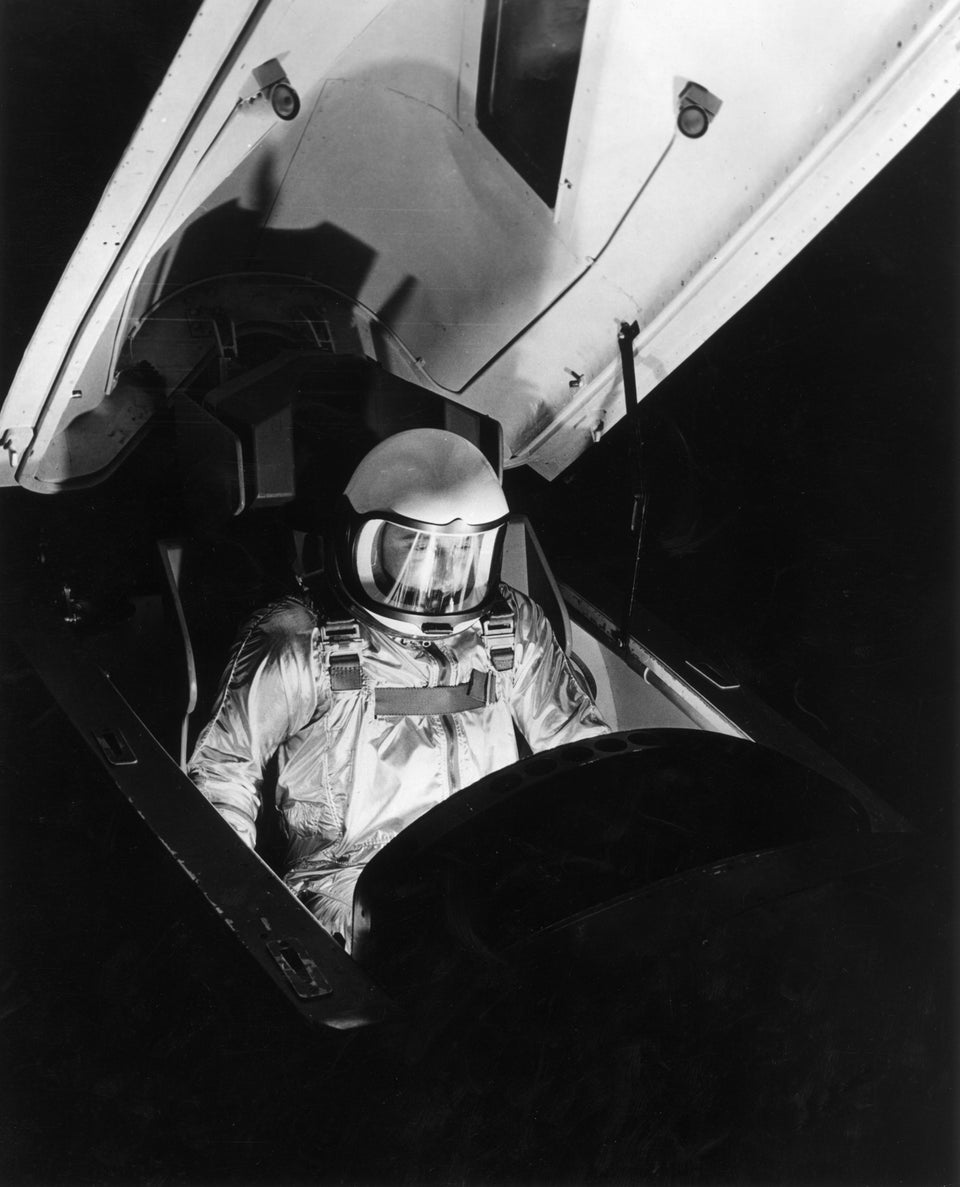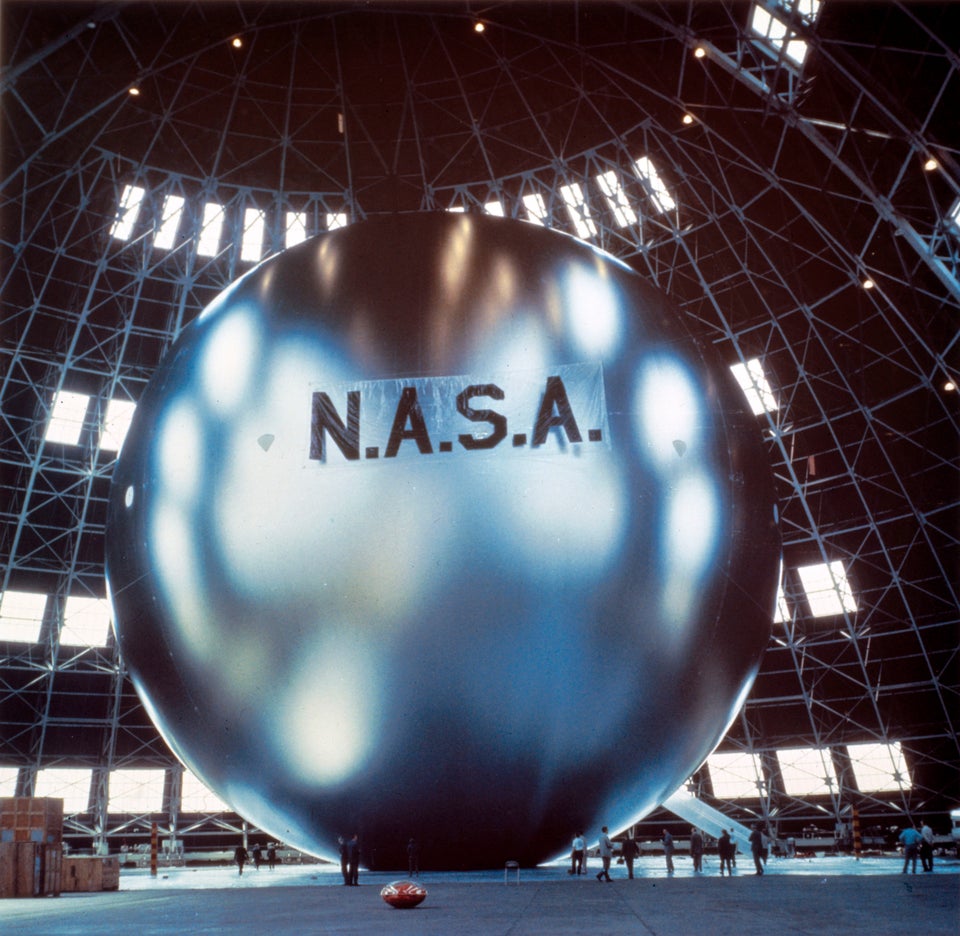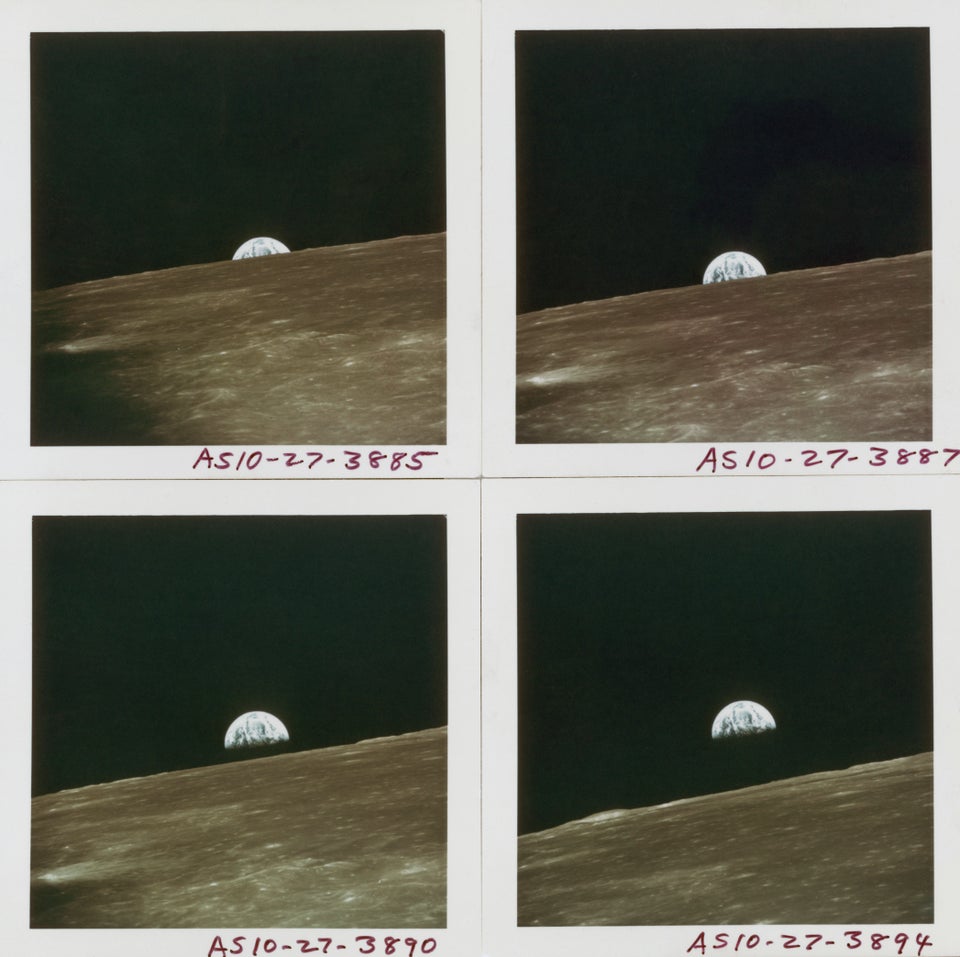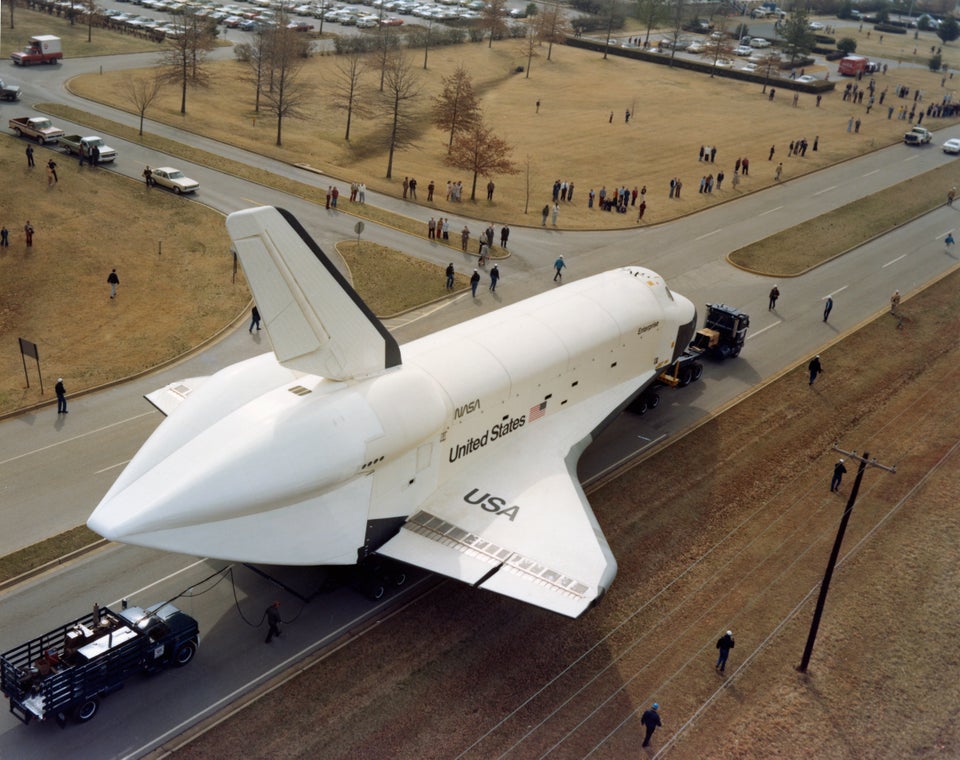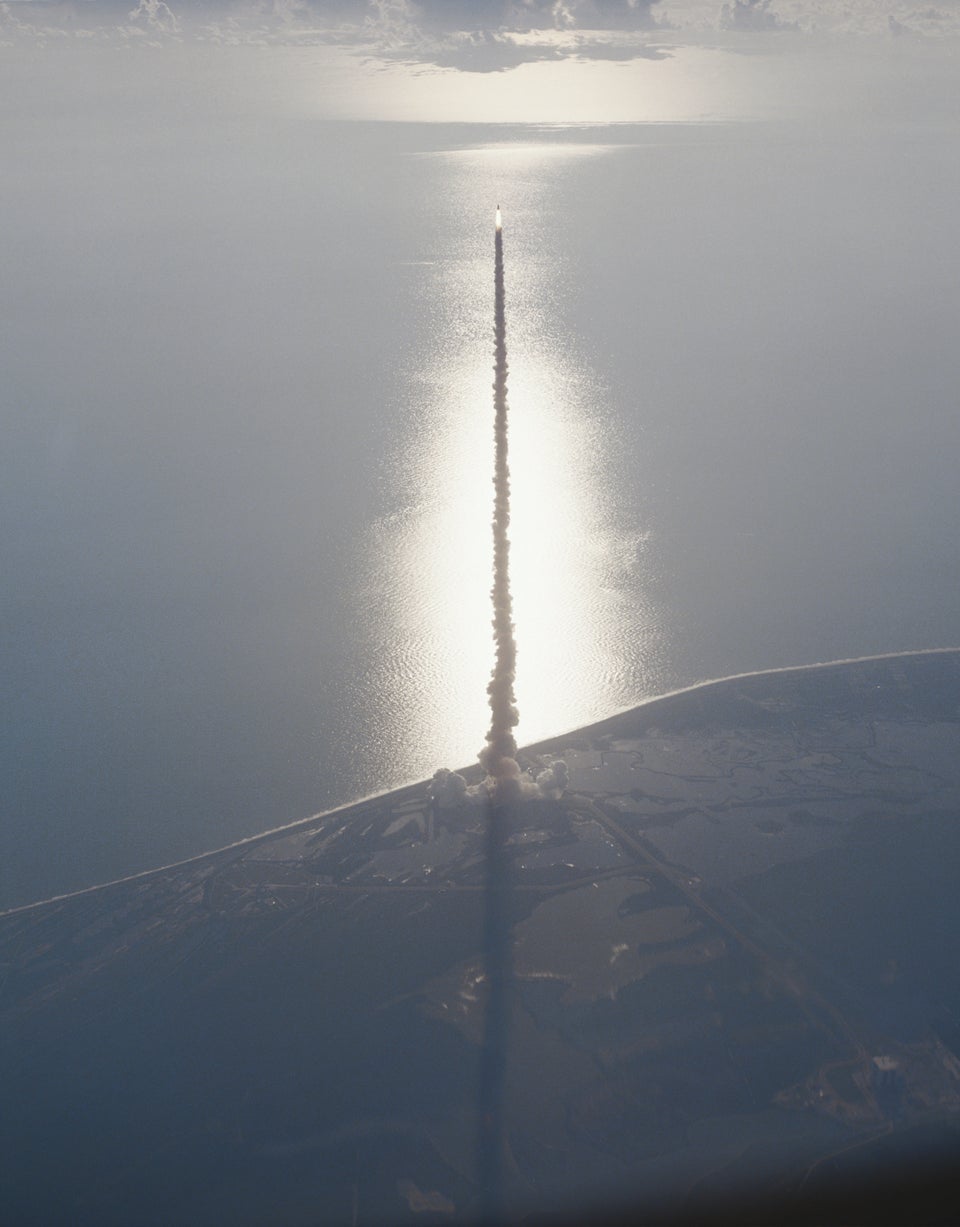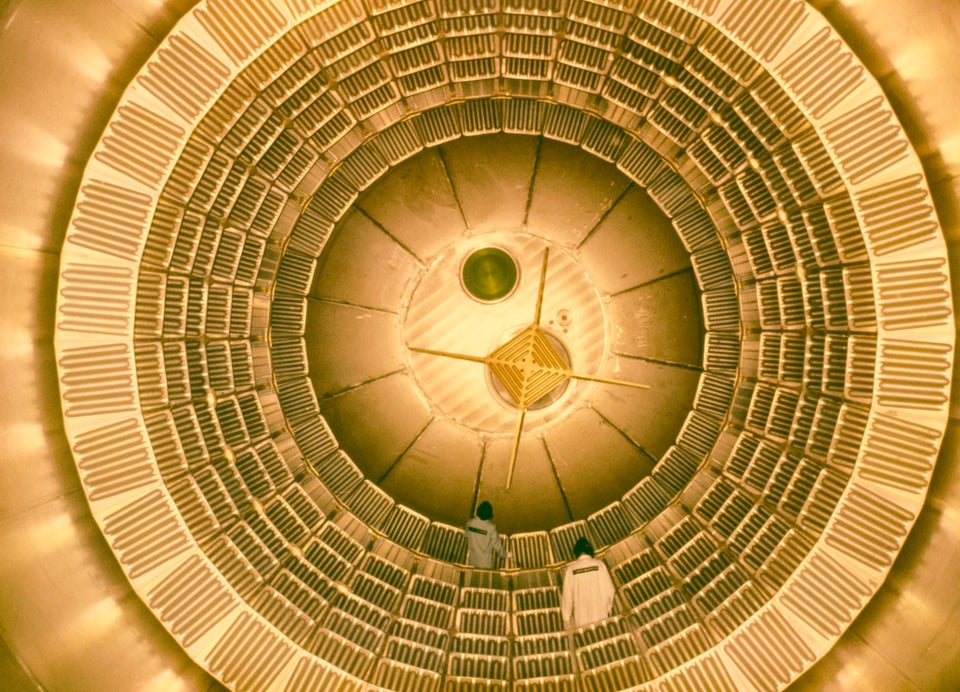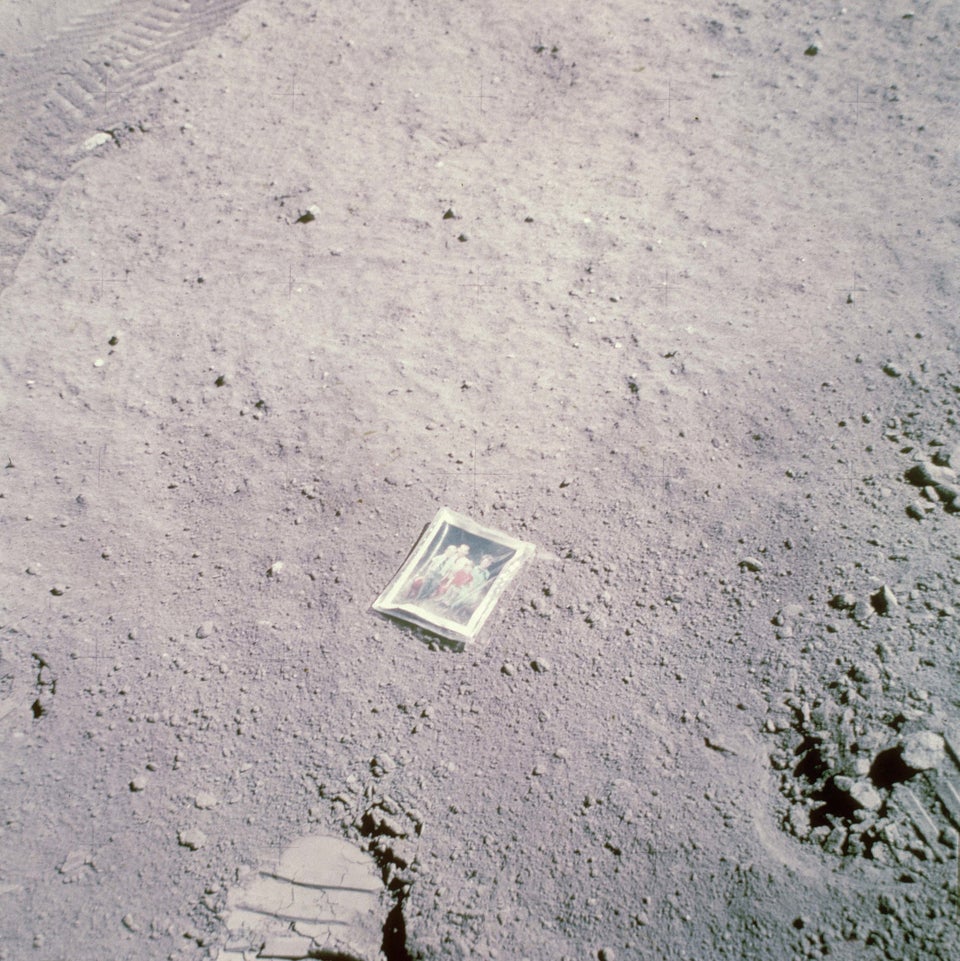Before NASA’s Cassini probe began its final few orbits of Saturn, it returned a stunning photo of Earth dwarfed by the gas giant’s iconic rings.
The image was taken at a distance of 870m miles from Earth, which can be seen as a white blob among the belts of rock.
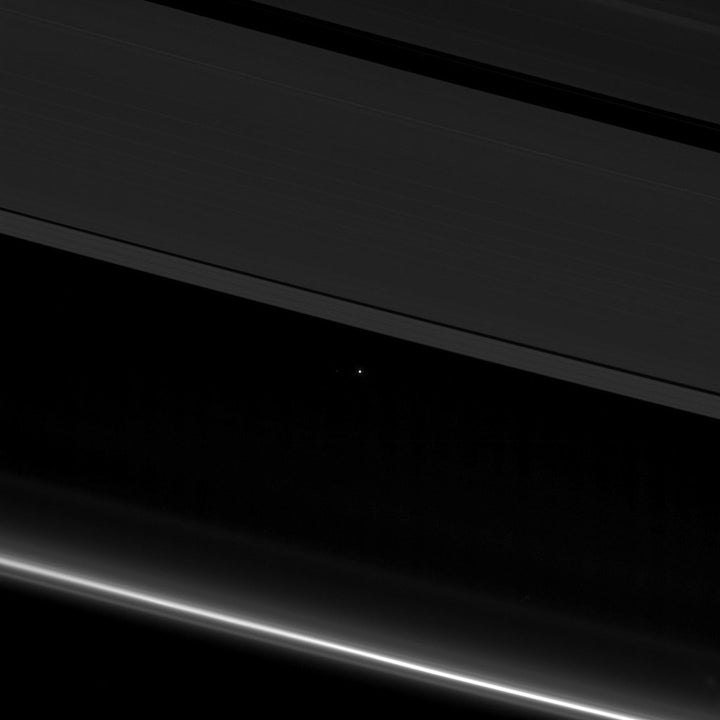
It’s even possible, once the image has been magnified and cropped, to spot the moon, which sits to Earth’s left.
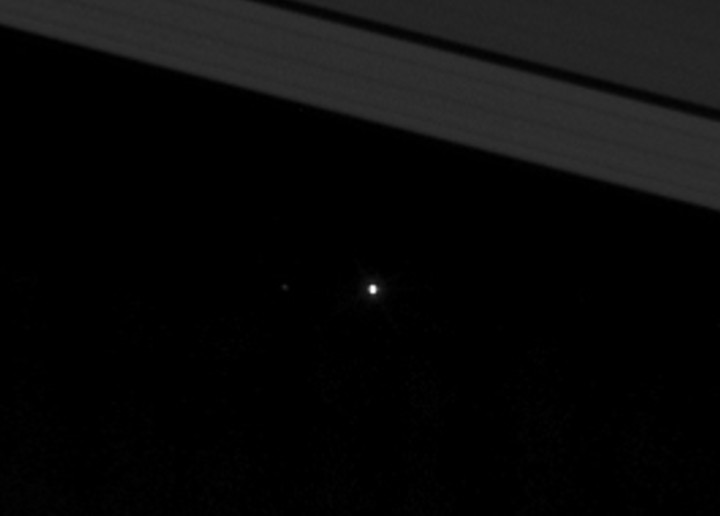
NASA scientists are set upon dumping Cassini in Saturn’s clouds before it runs out of fuel, to preempt a collision with one of the planet’s 53 moons.
It’s thought that Enceladus and Titan might harbour life, and a satellite from Earth poses a major contamination risk.
NASA announced earlier this month that Enceladus is sending plumes of water that contain hydrogen out into space, indicating it could support microbial life.
